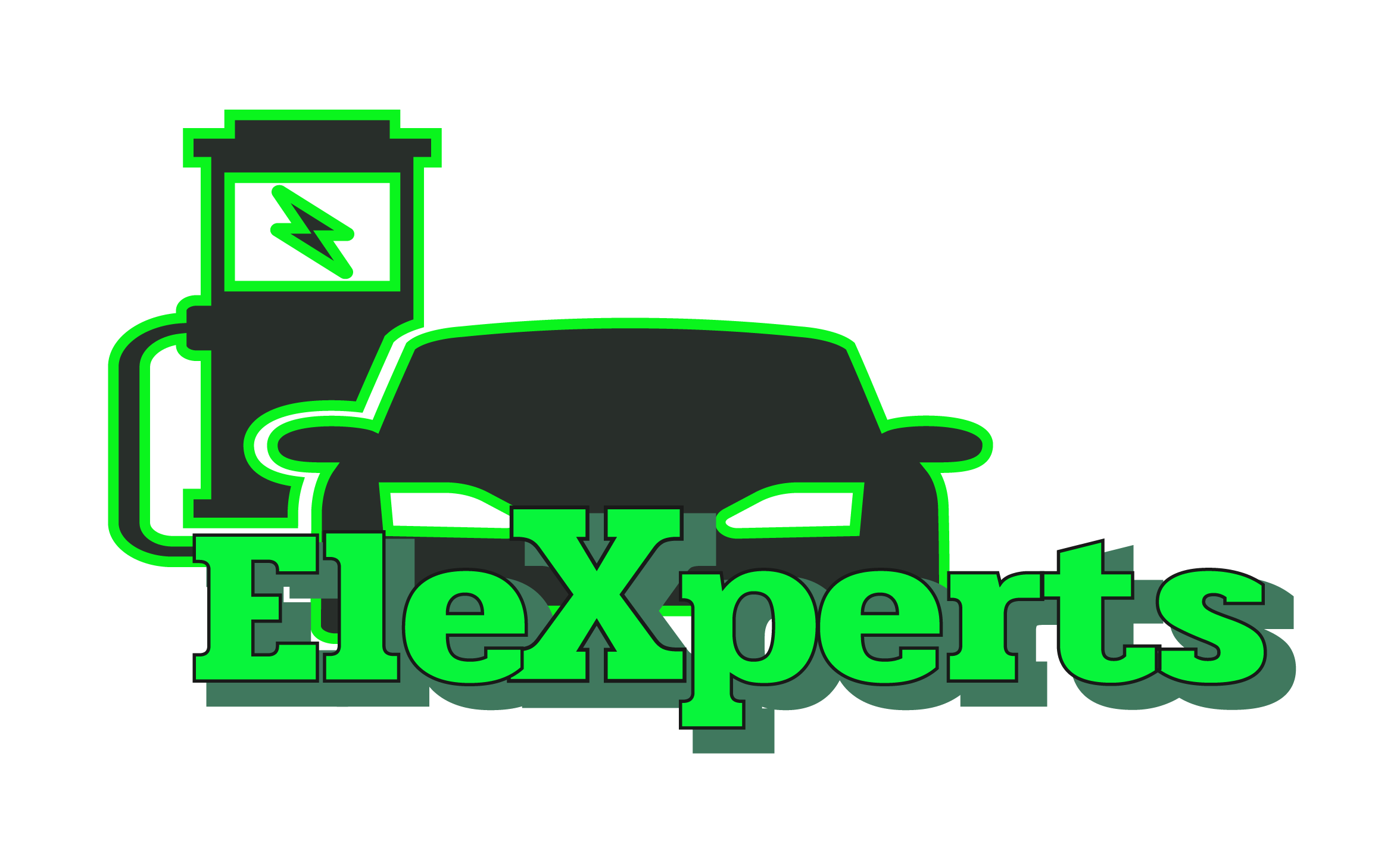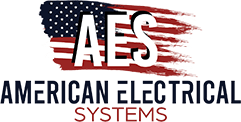FAQs
Why is at home EV charging preferred over public EV charging?
Over 80% of EV charging happens at home. This is partly due to the fact that there has been a
lack of public EV chargers in the past. As more EVSE is added to communities and places of work,
this will likely change. However, many EV owners will still likely prefer the convenience, control
and cost savings of charging at home.
Does DC fast charging damage the EV battery?
Excessive DC fast charging can negatively impact EV battery performance and durability.
Compared to standard charging, eight years of fast charging would take approximately 10% off
of the EV battery life. While DCFC is convenient and at times absolutely necessary, this method
of charging should be utilized only when essential.
How can I find a public EV charger?
Finding a public EV charger is easier than ever. Almost all public EV charging companies have a
network, accessible through an app, to display charging station locations. With the advancement
of interoperability, charging networks also exchange information with one another to display
chargers from multiple companies. This Open Charge Point Protocol (OCPP) simplifies the user
experience by eliminating the need to download multiple apps. Public EV chargers are also visible
on some navigation softwares such as Google Maps.
How much does public EV charging cost?
This is dependent on what type of charger you use, when you charge and what pricing model is
in effect. Public EV pricing models include monthly subscriptions, pay as you go or some combination
of both. While there are variables, you can assume that using a DC Fast Charger will cost
around $15-30 for a full charge. Already less expensive than filling up with gas, EV charging will
only get cheaper as you decrease your charging level to Level 2 or Level 1.

